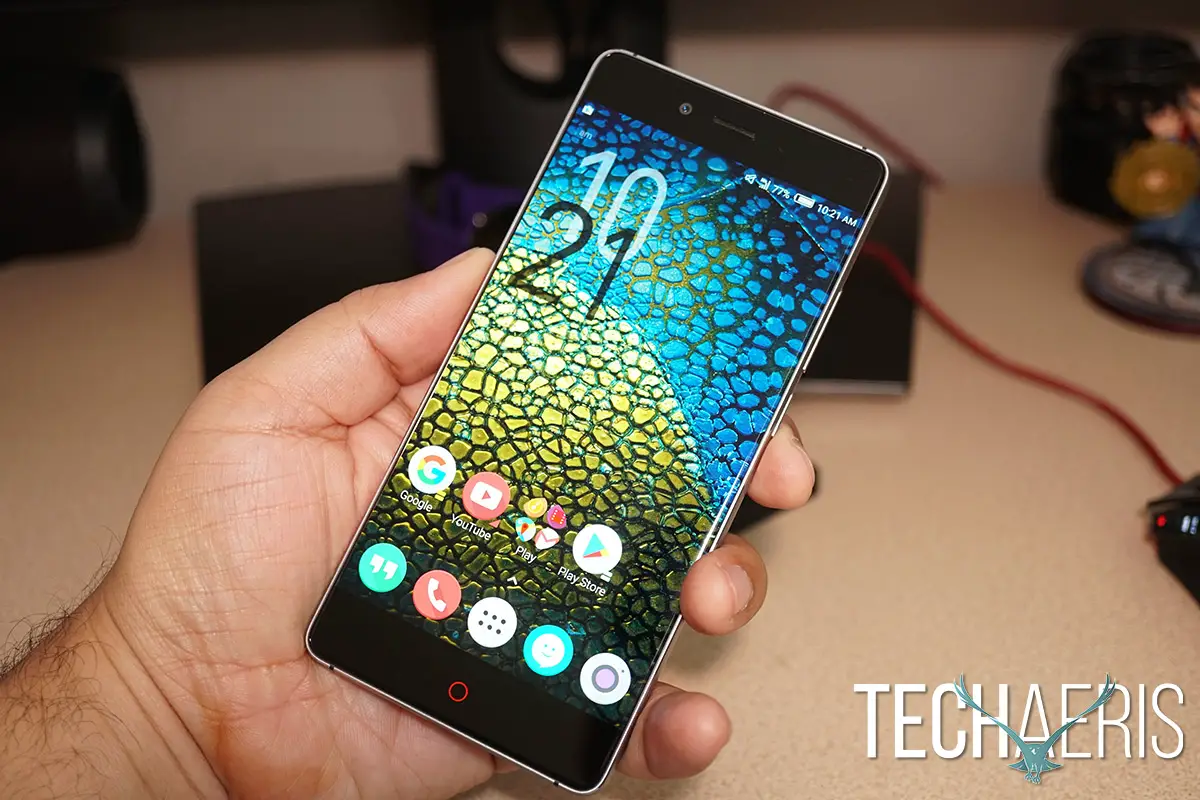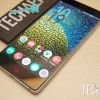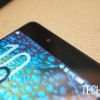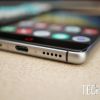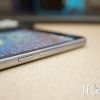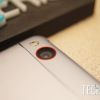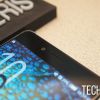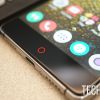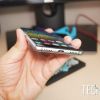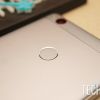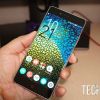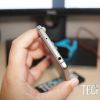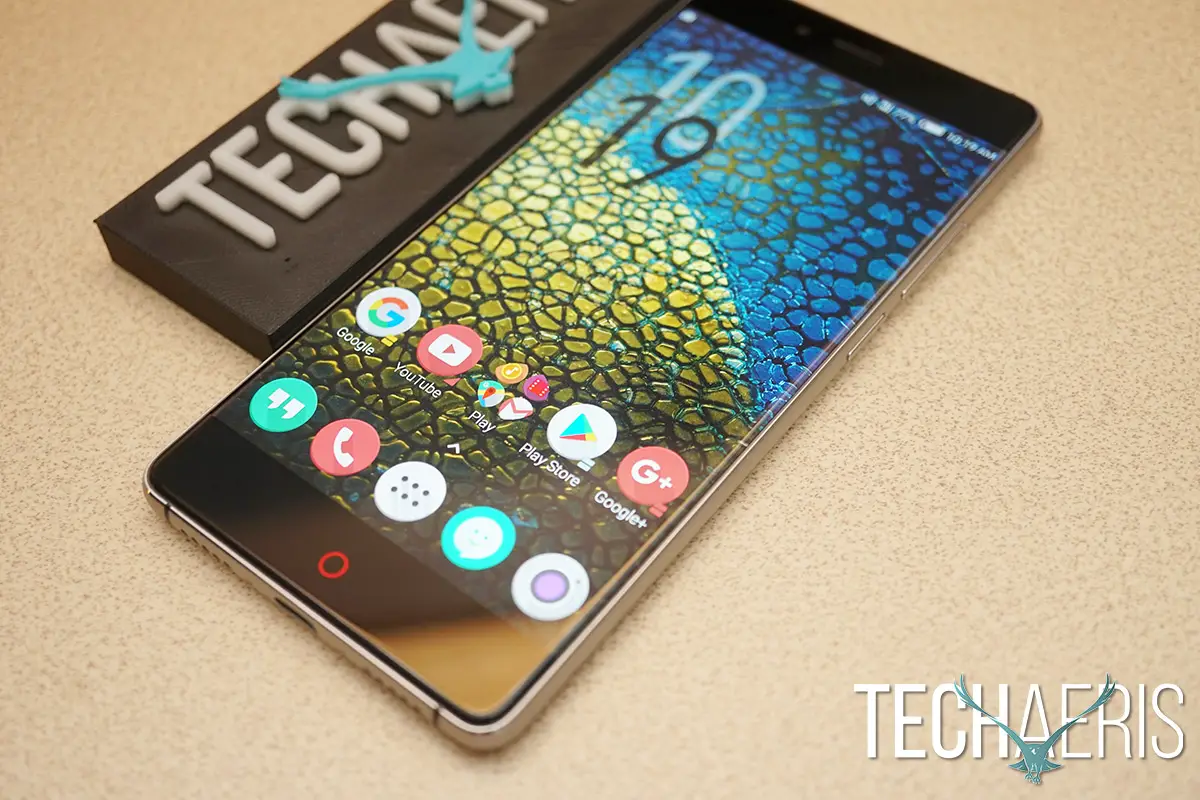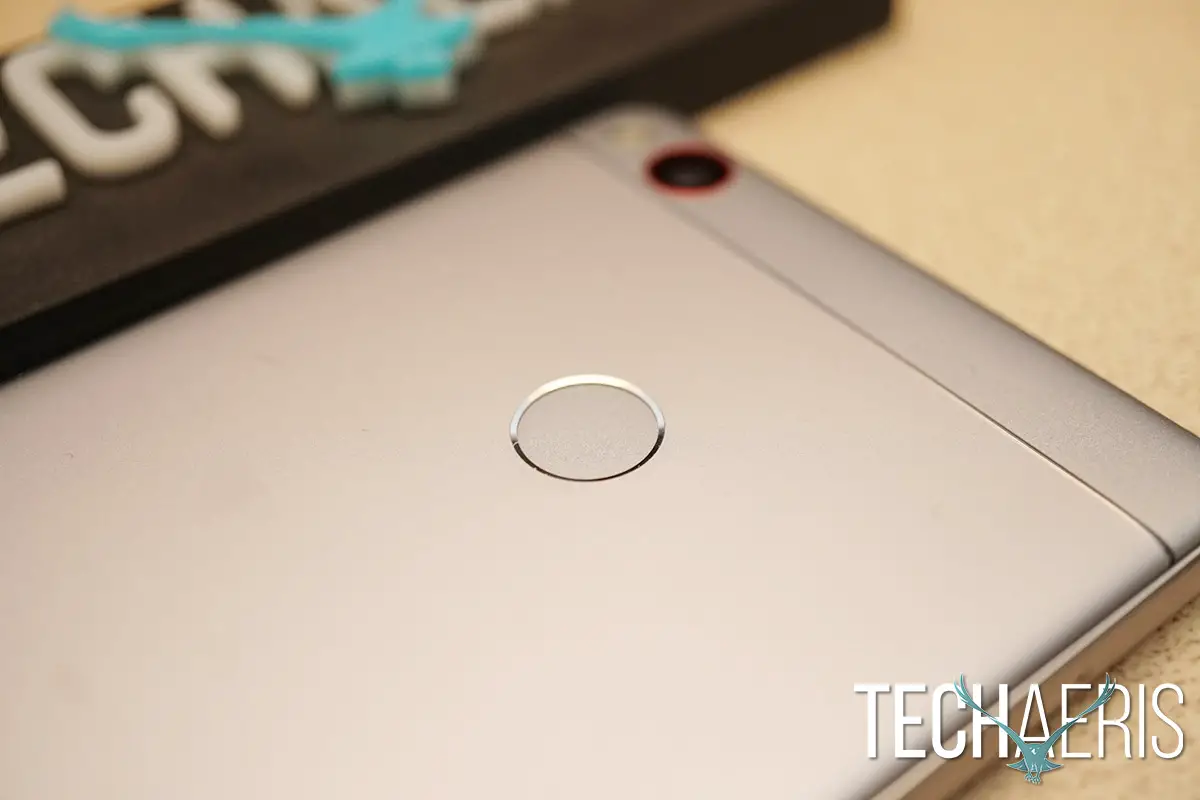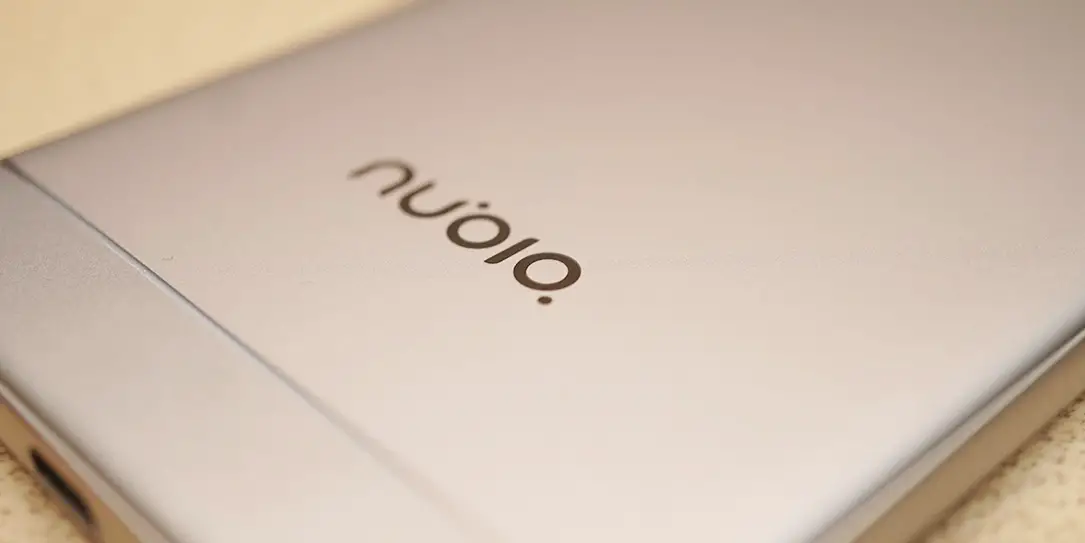We’ve had the Nubia Z11 in-house for the better part of a few months and we did an initial first impressions article in December. Now we’re back to take a look at this 5.5″ Android smartphone just a little bit closer. For our U.S. readers, the tl;dr for you is, this phone does not work on many U.S. carrier LTE bands so it may not be for you. For our overseas readers, read on for our full Nubia Z11 review.
Specifications
- Bezel-less display
- Android 6.0 with Nubia UI 4.0
- Qualcomm Snapdragon 820 processor
- 4GB/6GB RAM
- 64GB/128GB Internal storage
- Expandable storage up to 200GB
- Android 6.0.1
- 5.5″ FHD 1920 x 1080
- D-Arc Glass with Gorilla Glass3
- 16MP rear camera, IMX298 CMOS, Sapphire Glass IR Filter, f2.0 aperture, OIS
- 8MP front facing camera, Sapphire Glass IR Filter, f2.4 aperture, 80°Wide Angle
- Phase detection autofocus
- Advanced camera software
- Optical image stabilization rear camera
- Finger print sensor
- IR blaster
- NFC
- USB Type-C
- Fast Charge
- 3,000mAh battery
What’s In The Box
- Nubia Z11 Phone
- Power brick
- Headphones
- USB cable (Type-C to Type-A)
- Micro USB to USB Type-C adapter
- Sim ejector tool
- Warranty card/documentation
Design
These days, most smartphones are being built with aluminum and the Nubia Z11 is no different. Constructed of high-quality aluminum the chassis feels good in the hand and easy to handle. The Z11 is super slim so it doesn’t feel like you’re holding a 5.5″ screen in your hand, one-handed operation is probably not in your future. but the Z11 is much easier to handle one-handed than the iPhone 7 Plus or Google Pixel. Nearly bezel-less phones are becoming more common and it is interesting to feel like you’re holding all screen, even though the Z11 does have a top and bottom bezel.
Along the left edge of the phone, you’ll find the SIM card/SD card tray. You can have two SIM cards or one SIM card and one SD card (up to 200GB, holy crap!). Along the bottom edge of the Nubia Z11 is your USB Type-C connector and speakers. Along the right edge you’ll find the power button and volume rocker, I do wish the power button had some texture to it to distinguish it quickly.
Along the top edge of the Z11 is where you’ll find the headphone jack, noise-cancelling mic, and IR blaster. Swing around to the back and you’ll find the fingerprint sensor (which is fast), the 16MP camera and LED flash. Around the front, you’ll find the 8MP camera, proximity sensor, and the very cool glowing home button and navigation dots. Overall the phone is a solid build and is looking to compete with the likes of One Plus and they have hit a lot of great design cues to make that happen.
Display
These days we’re finding that quad-HD displays aren’t all that necessary on a smartphone unless you’re a pixel peeper. Most people can get by just fine with a 1080p panel and it saves battery not having to push as many pixels around. The Z11’s 1080p/403ppi panel is vibrant, rich, clean, and really a joy to use. The display measures in at 5.5″, right in that same ballpark as most other flagship phones. The blacks and whites are really clean here, the saturation on the panel is a bit higher than I prefer, but certainly nothing like an AMOLED display.
Reading text is nice and clean on this panel but media is where it really shines, particularly HD video. Watching videos in 1080p was a great experience and the Z11 delivers top notch reproduction for the price point of the phone. There are most certainly better displays on the market but considering this phone is around $487USD, the display does a very good job. Overall the display looks gorgeous, both in image reproduction and aesthetically with those bezel-less edges and Arc Glass.
Software/Ecosystem
The Nubia Z11 is running Android 6.0 out of the box with Nubia UI 4.0 over top. Like most phones from overseas manufacturers, the overlay they use is very much iOS like. It’s not for everyone and there are a lot of extras thrown in you won’t find on stock Android. Of course, you can always throw a launcher on it and call it a day, but Nubia UI isn’t all that bad (the Android faithful will hate that I say that). There’s something great to be said for having pure stock Android, but not all overlay UIs are the devil, this one is very usable.
Nubia UI gives you a plethora of features like split screen for multitasking, smart cover, smart sensing (controls the phone by flip and shake), and touch gestures. Touch gestures include things like double click to light up, palm screen lock, tri-finger screenshot, and tri-finger switch app. Not only does Nubia UI give you all of those features but it ups the ante with edge gestures as well. Hold the edge and swipe inward invokes quick select desktop. Swipe up/down from edge switches and starts apps. Swiping repeatedly from edges accelerates the phone, clearing running apps. Swiping both edges at the same time adjust the brightness of the screen. Finally, double-clicking the edge sends you back to the previous screen.
Android 6.0 runs nice and smooth on the Nubia Z11 and even if you don’t like the Nubia UI experience, you can always throw Action Launcher 3 on there and call it a day. Most all of the added features of Nubia UI can be toggled off so those won’t even get in your way, some people may actually like some of those features so they can’t be discounted as not being useful. Overall the software experience is really nice here, I used the Z11 with the stock launcher and stock lock screen for most of my time. I found the entire software experience to be enjoyable but there are certainly going to be things users love and hate about this whole setup.
Performance
Rocking a Qualcomm Snapdragon 820 is a real testament to Nubia’s commitment to quality here. Many of these types of phones tend to go for the lower priced Mediatek processors but Nubia went with Qualcomm and you can certainly see the performance. I didn’t experience any lag when doing basic tasks such as browsing, scrolling, pinch to zoom, and watching HD video.
Gaming is good as well. Asphalt 8 played very well on the Z11 and I never experienced lag or dropped frames. I’m sure there are more intense games or apps that could test the Z11 harder but for the average consumer, the performance is going to be more than acceptable. Overall, Nubia has done well to compete alongside some of the Motorola phones in this price range as well as One Plus.
Speakers/Sound
Nubia says the phone comes with Dolby 7.1 sound and the sound is awesome when good quality headphones are plugged in. Using the built-in speaker is another story. The sound isn’t horrible but it’s not great either. It’s basically your tinny smartphone speaker with little body and definition. It’s great in a pinch and for voice calls, but if you want quality sound, plug in a good pair of headphones and you’ll be okay.
Camera
The 16MP rear camera does a decent enough job for basic picture taking. Low light struggles a bit and you can see noise. Pictures in optimal lighting outdoors often turned out the best, but that’s pretty standard for smartphones. Some of the photos were very soft when zoomed in, sharpness and clarity weren’t the greatest but for average users, the camera is going to be more than sufficient. Optical Image Stabilization (OIS) is onboard and that does help keep things in focus when you happen to have a little shake in your hand. Overall the rear camera does really well in good lighting but struggles in low lighting giving a lot of noise as the camera tries to compensate for the lack of light.
The 8MP front camera is just okay. Once again, good lighting conditions will get you the best results but the photos still tend to be soft and lack clarity and sharpness. Cameras in this range of phone aren’t always great, though I would say One Plus probably has a slight edge over the Nubia in this department.
Reception/Call Quality
For U.S. users you will likely not get the LTE bands you will need but you should get most HSPA+ and 3G bands. The lack of LTE compatibility for the U.S. is a bummer but our overseas readers should be happy with their reception. I used the Nubia Z11 primarily on T-Mobile’s HSPA+ and 3G bands and reception was strong for phone calls and texts. Switching over to data, we had some issues with speeds, this is pretty much due to the lack of LTE support in the U.S.
Call quality was excellent. Callers could hear me loud and clear with no buzzing, echoes, or anomalies whatsoever. I could hear callers just as well and the Nubia’s speaker is nice and clear.
Battery Life
The 3,000mAh battery got me through my day 5am-9pm with just about 10% left in the tank. This is with Wi-Fi, Bluetooth, GPS, and full-screen brightness all on. The day included email, browsing, streaming music, some video, photos, emails, and basic calls and texts. Battery life will vary on your settings so you may get more or less than what I experienced.
Price/Value
The Nubia Z11 is supposed to be priced around $487USD and for the specs and build here, we think it offers a great price/value ratio.
Wrap Up
If you’re not in the U.S. and can get LTE support for this phone, this is most certainly an excellent phone for the money. It’s going up against the likes of the One Plus and it can hold its own there.
[rwp-review id=”0″]
